Anyone who has ever been on a carbon ski or snowboard knows that the material not only feels fast – it is also impressively light, stiff and direct. But what many people don’t know: Carbon hardly ages at all. No corrosion, no classic material fatigue. But how can that be?
A high-tech material with inner values
Carbon – or more precisely: carbon fiber reinforced plastic (CFRP) – consists of ultra-fine carbon fibers embedded in a plastic matrix. The fibers themselves are highly tensile – stronger than steel, but at a fraction of the weight. This structure is what makes the material so exceptional.
The carbon atoms in the fibers are linked in extremely stable chains. This makes carbon not only chemically inert, but also extremely resistant to UV radiation, moisture and temperature changes. It does not rust, there are no plasticizers that volatilize and it retains its shape for many years.
Fatigue? Yes – but only under extreme conditions
Carbon is known for its exceptional strength and rigidity with minimal weight. It can withstand enormous loads – over many years. Whether repeated bending stress, strong vibrations, permanent compressive and tensile forces or temperature fluctuations: As long as the load remains within the design limits, carbon shows no classic signs of fatigue, as is known from metals, for example.
Only under extreme conditions can a gradual change in the microstructure occur over very long periods of time – for example when high cyclic loads act millions of times, in combination with punctual overstressing, strong UV radiation, moisture, heat or chemical influences. Such scenarios generally only occur in industrial applications, high-performance sports equipment or incorrectly designed components.
In everyday life – even under sporting or intensive use – carbon remains dimensionally stable and resilient. The material does not simply fatigue over time.
However, carbon is less forgiving when it comes to punctual, lateral impacts. A seemingly harmless scratch or knock may have already led to a crack on the inside. But even then, disaster is not inevitable: With modern diagnostic technology, such damage can be reliably detected and permanently repaired – with complete restoration of structural integrity.
Repairing instead of throwing away
A Carbon breakage is no longer a total loss. With the right technology, damaged carbon bicycles, water sports equipment and other items can be repaired professionally and stably. This saves resources, makes economic sense – and extends the service life of the product by many years.
In our other blog post on the topic of A carbon crack is not a death sentence – your bike can be repaired, we show you what is important when it comes to carbon repairs – and why it is worthwhile in most cases.
Why carbon also makes sense in winter sports
We have been using carbon in the development of our skis and snowboards for many years – and for good reason.
Carbon is not a fashion trend, but a high-tech material with unique properties. It is extremely light, stiff and durable like no other material. Carbon really comes into its own in winter sports, where every gram counts and every movement needs to be precise.
We use carbon layers in our boards and skis where they bring the most benefit: for more pop, more edge grip and a more direct feel. We do not rely on individual carbon strips or selective inserts, but on full-surface layers across the entire length and width of the product. This allows the fiber to act continuously – from tip to tail. This not only ensures maximum stability, but above all a harmonious distribution of power and a clean, precise ride.
Another advantage: the return force – i.e. how quickly a ski or board returns to its original shape after a load – is particularly high with continuous carbon. This not only makes the turn more powerful, but also more controlled. The board remains reliable and responsive, especially in changing snow conditions or challenging terrain.
Anyone who has ever been out on an ultra-light Radical ski or board knows how lively it feels. The reaction to steering impulses is more immediate, the edge grip more precise, the buoyancy in powder more playful. Carbon takes performance to a new level – and that is precisely why we use it uncompromisingly and with full expertise.
Whether you’re carving with pleasure, riding steep couloirs or on a splitboard tour – the reduced weight and optimized performance make all the difference. For us, one thing is clear: carbon doesn’t just belong in Formula 1 or aircraft construction, but also on the mountain.
That’s why we have been using this material for decades – and are constantly developing it further in our skis and snowboards.
Our conclusion: carbon is not a short-lived hype.
Carbon is a modern composite material with enormous long-term stability – ideal for anyone who is looking for performance, lightness and durability. The material really comes into its own when it comes to skis and snowboards: Thanks to its unique structure, it can withstand thousands of times more deflection than conventional materials. This means: noticeably longer service life, consistent tension, no loss of performance – even after many seasons.
But it’s not just the durability that’s impressive: carbon provides a more direct feel, more pop, faster edge changes and significantly more control. It makes the difference between good and great skiing fun – whether on a freshly groomed piste or in deep powder.
We use it, we understand it – and we use it to build skis and snowboards that you’ll never want to give up.
Carbon is our DNA: Discover our latest models with carbon power – developed for maximum control, minimum weight and maximum riding fun. To our collection
Or drop by our store in Zurich – and experience carbon the way it’s meant to be.
-
Boardbag
CHF 189 -
Rider 3.0
CHF 1'498 -
Voucher
CHF 50 CHF 500Price range: CHF 50 through CHF 500 -
X-Step 412
CHF 375 incl.VAT -
Sale!
Double XX
CHF 1'498Sale price CHF 1'298 -
Sale!
Snowflake 3.0
CHF 1'398Sale price CHF 1'198 -
T-Shirt
CHF 45 -
Free 412
CHF 327 incl.VAT -
Balance Board
CHF 320 incl.VAT -
Sale!
Race Carver 3.0
CHF 1'598Sale price CHF 1'398 -
Bamboo ski poles
CHF 180 -
Touring pole Rental
CHF 10 CHF 30Price range: CHF 10 through CHF 30



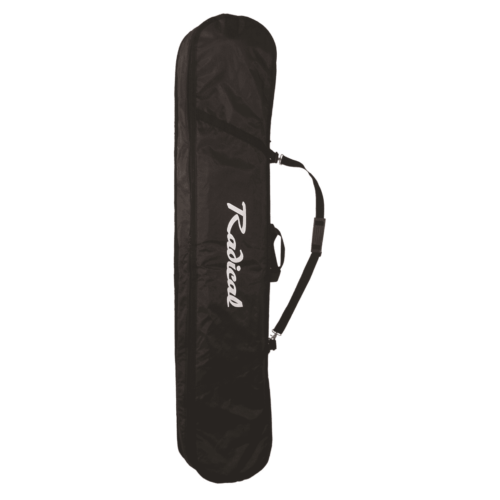
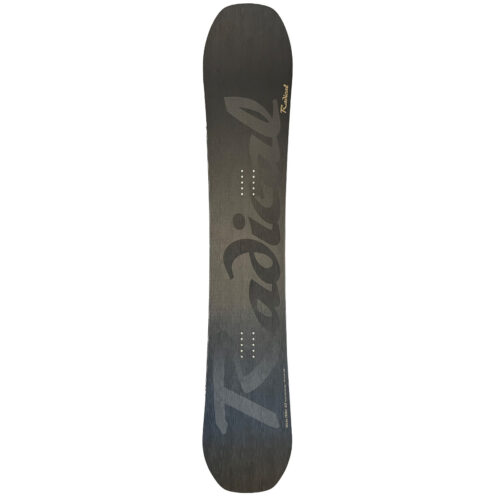

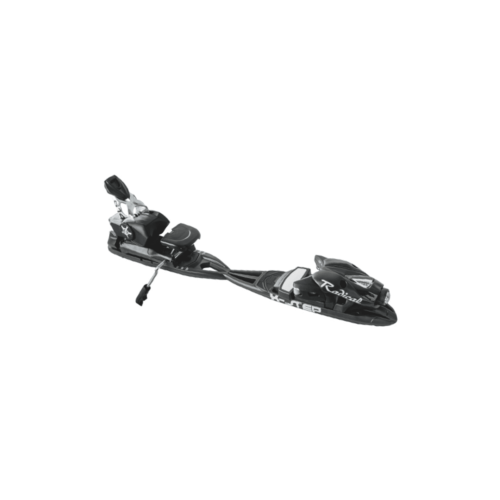
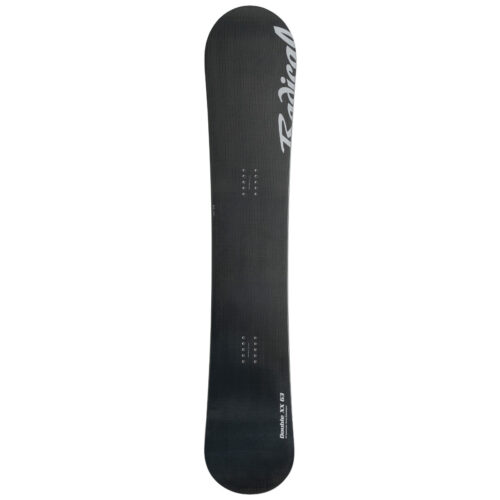
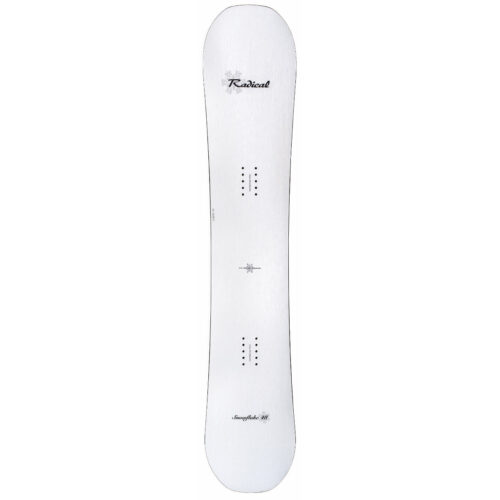
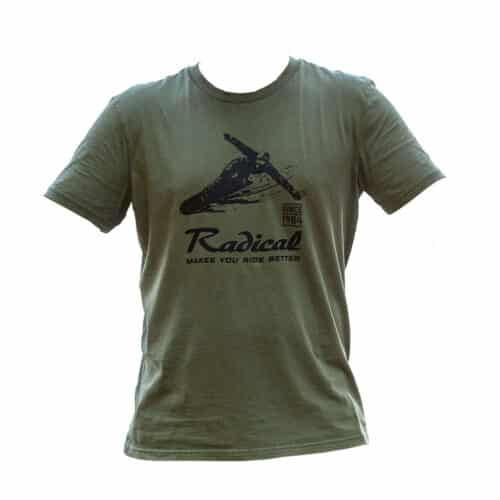
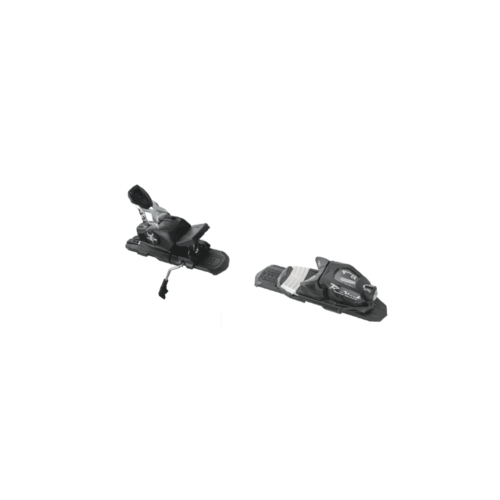
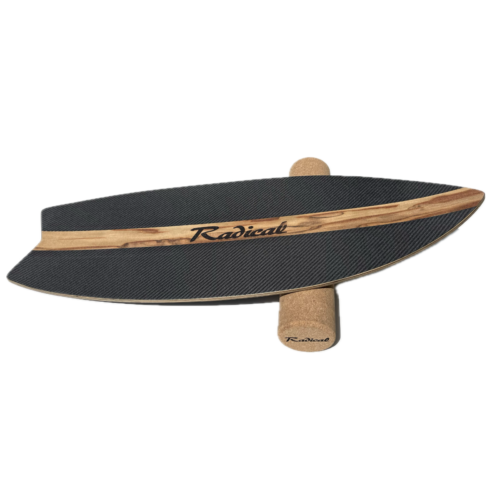
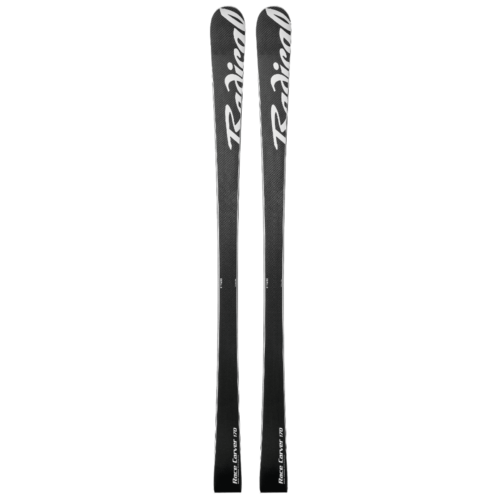
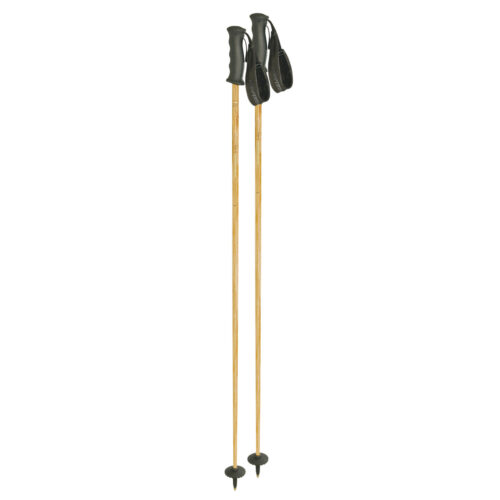

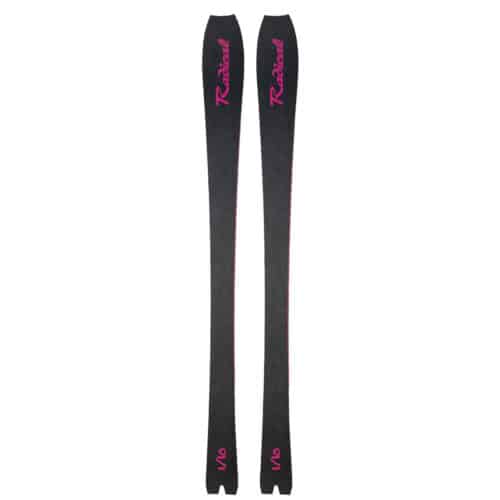
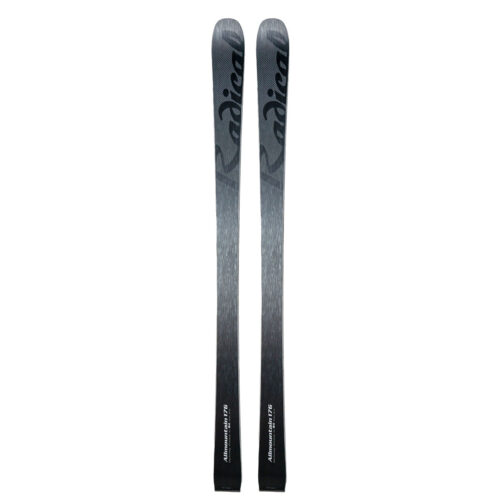
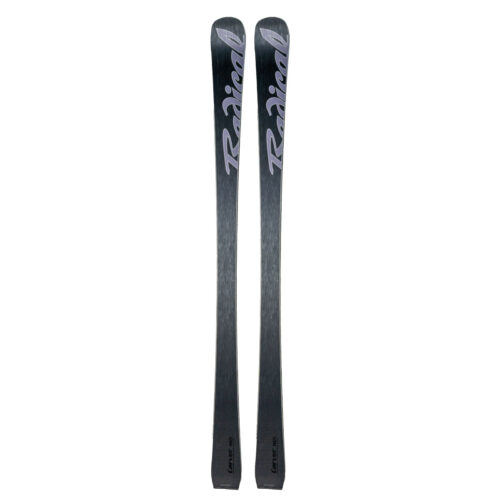
Letzte Kommentare